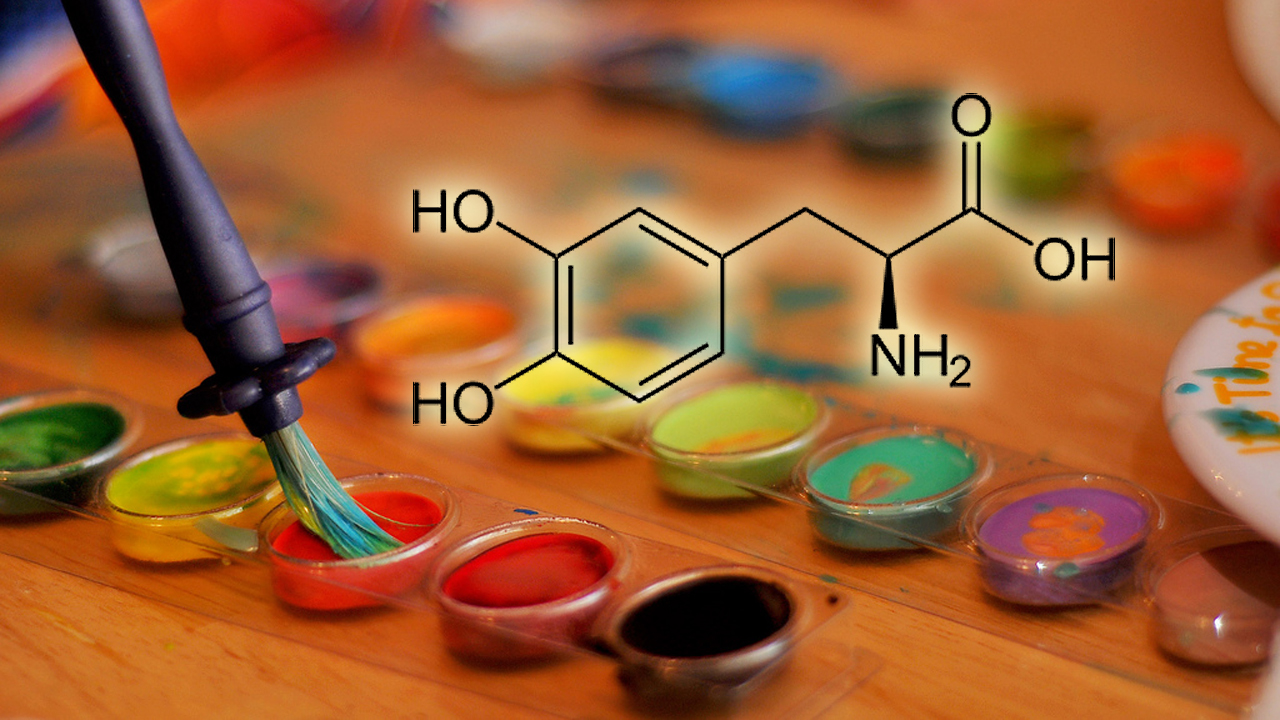Recently published in the Annals Of Neurology, neurologist Rivka Inzelberg’s research explores the connection between enhanced creativity in Parkinson’s patients, the medication they take, and their tendency towards obsessive behavior. The research builds on previous studies which state that Parkinson’s sufferers have higher levels of creative production, especially those taking the drug L-DOPA which increases dopamine in the brain. Inzelberg hypothesizes that is the lack of inhibition that comes from the disease and medication that causes increased creativity.
Inzelberg asked the patients to perform simple exercises such as answering questions like “What can you do with sandals?” and naming all the words they could think of starting with a certain letter. “Because the medication can cause a loss of impulse control — let’s say, obsessive painting, obsessive hobby-ism — we wanted to check if there was a correlation between creativity measures and impulsivity and compulsivity measures,” Inzelberg told the Atlantic.
This story of a woman with Parkinson’s who became “addicted to painting” demonstrates the importance of investigating this connection:
I started painting from morning till night, and often all through the night until morning. I used countless numbers of brushes at a time. I used knives, forks, sponges … I would gouge open tubes of paint — it was everywhere. But I was still in control at that point. Then, I started painting on the walls, the furniture, even the washing machine. I would paint any surface I came across. I also had my ‘expression wall’ and I could not stop myself from painting and repainting [it] every night in a trance-like state. My partner could no longer bear it. People close to me realized that I crossed some kind of line into the pathological, and, at their instigation, I was hospitalized. Today, my doctors have succeeded in getting my medication under control, and my creativity has become more tranquil and structured.
Patients who demonstrated obsessive behaviors — a side effect of the medication — did not specifically exhibit more creative thinking than other patients; there is no causational connection between the compulsive behavior and increase in creativity.
Vincent van Gogh had psychotic spells, [Inzelberg] noted, during which he painted masterpieces. Ernest Hemingway and Virginia Woolf, among other great writers, seem to have had bipolar disorder, which is now treated with medication that blocks dopamine.
The higher levels of dopamine in patients treated for Parkinson’s might be the key to their creative bent.
When asked if she thinks people will try to enhance their dopamine for this result, Inzelberg responded, “I would not recommend it.” (Photo: Wikipedia)


